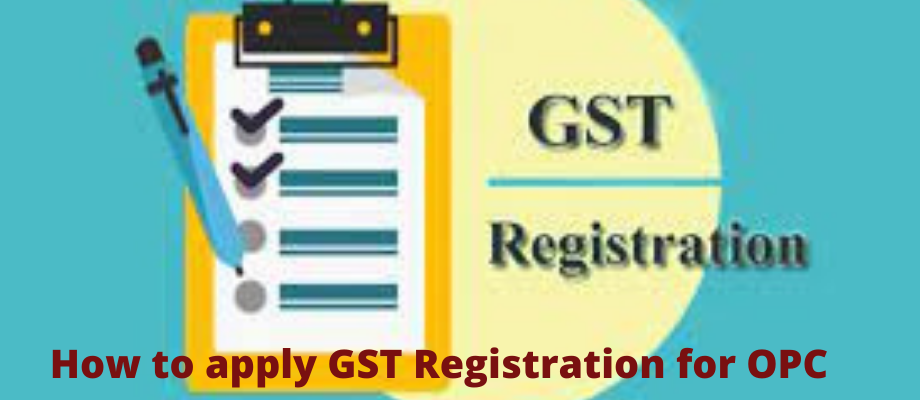Understanding the Perks of the Best GST Registration Services in Singapore
Wiki Article
From Beginning to Complete: The Ultimate Roadmap to GST Registration for Organizations Seeking Financial Security
Navigating the intricacies of Item and Provider Tax (GST) registration is a critical action for companies pursuing monetary stability. From comprehending the essential concepts of GST to abiding with post-registration standards, the process can seem daunting at initial glance. However, damaging down the roadmap into convenient actions can streamline the registration journey for businesses seeking to improve their financial standing. Allow's explore the important parts that compose this best roadmap and uncover just how each phase adds to laying a strong structure for monetary success.Recognizing GST Fundamentals
Digging right into the fundamental concepts of Item and Services Tax (GST) is essential for acquiring a thorough understanding of its effects on businesses and the economic situation. Input Tax Obligation Credit Report (ITC) is a significant feature of GST, allowing companies to declare debt for tax obligations paid on inputs, reducing the overall tax concern. Comprehending the fundamentals of GST is vital for organizations to abide with tax obligation laws, handle their funds successfully, and add to the nation's economic growth by participating in a transparent tax obligation system.Qualification Standards for Enrollment
As of the existing guidelines, the threshold limit for GST registration is an annual aggregate turnover of 40 lakhs for organizations running within a state, other than for unique classification states where the limit is 20 lakhs. Furthermore, certain organizations are required to sign up for GST regardless of their turnover, such as interstate providers, informal taxed individuals, and organizations liable to pay tax obligation under the reverse cost mechanism. It is important for businesses to extensively examine their turn over and transaction kinds to determine their GST enrollment commitments precisely.Records Needed for Registration
Having fulfilled the eligibility requirements for GST enrollment, businesses should currently ensure they have the requisite records in area to proceed with the registration procedure successfully. The documents required for GST registration commonly consist of proof of organization constitution, such as collaboration action, enrollment certification, or consolidation certificate for various types of organizations. Furthermore, companies require to supply files establishing the primary location of company, such as a rental agreement or electrical energy costs.Step-by-Step Enrollment Process
Beginning the GST enrollment process entails a collection of structured actions to make sure a seamless and certified registration for organizations. The very first step is to see the GST portal and complete the registration click kind with exact information of the business entity. Following this, the applicant receives a Short-lived Recommendation Number (TRN) which is used to resume the application process if it's not finished in one go.Next, all called for documents according to the list supplied by the GST portal need to be posted. These documents generally include evidence of business identification, address and enrollment evidence of promoters, monetary declarations, and organization entity's PAN card.

Post-Registration Compliance Standards

Verdict
In conclusion, organizations seeking financial stability has to understand the fundamentals of GST, meet eligibility criteria, collect required files, follow the step-by-step registration process, and follow post-registration guidelines - Best GST registration services in Singapore. By sticking to these actions, businesses can guarantee conformity with tax obligation regulations and maintain financial stability in the lengthy runIn addition, particular organizations are called for to sign up for GST irrespective of their turnover, such as news interstate providers, informal taxable persons, and companies responsible to pay tax under the reverse cost system.Having actually satisfied the qualification criteria for GST registration, services must now ensure they have the requisite papers in area to proceed with the enrollment procedure efficiently. The documents needed for GST registration commonly consist of proof of organization constitution, such as collaboration action, enrollment certification, or unification certificate for different types of organizations. Additionally, organizations require to give papers developing the principal location of company, such as a rental agreement or electrical power costs.Starting the GST registration process involves a collection of organized actions to make sure a seamless and certified registration for organizations.
Report this wiki page